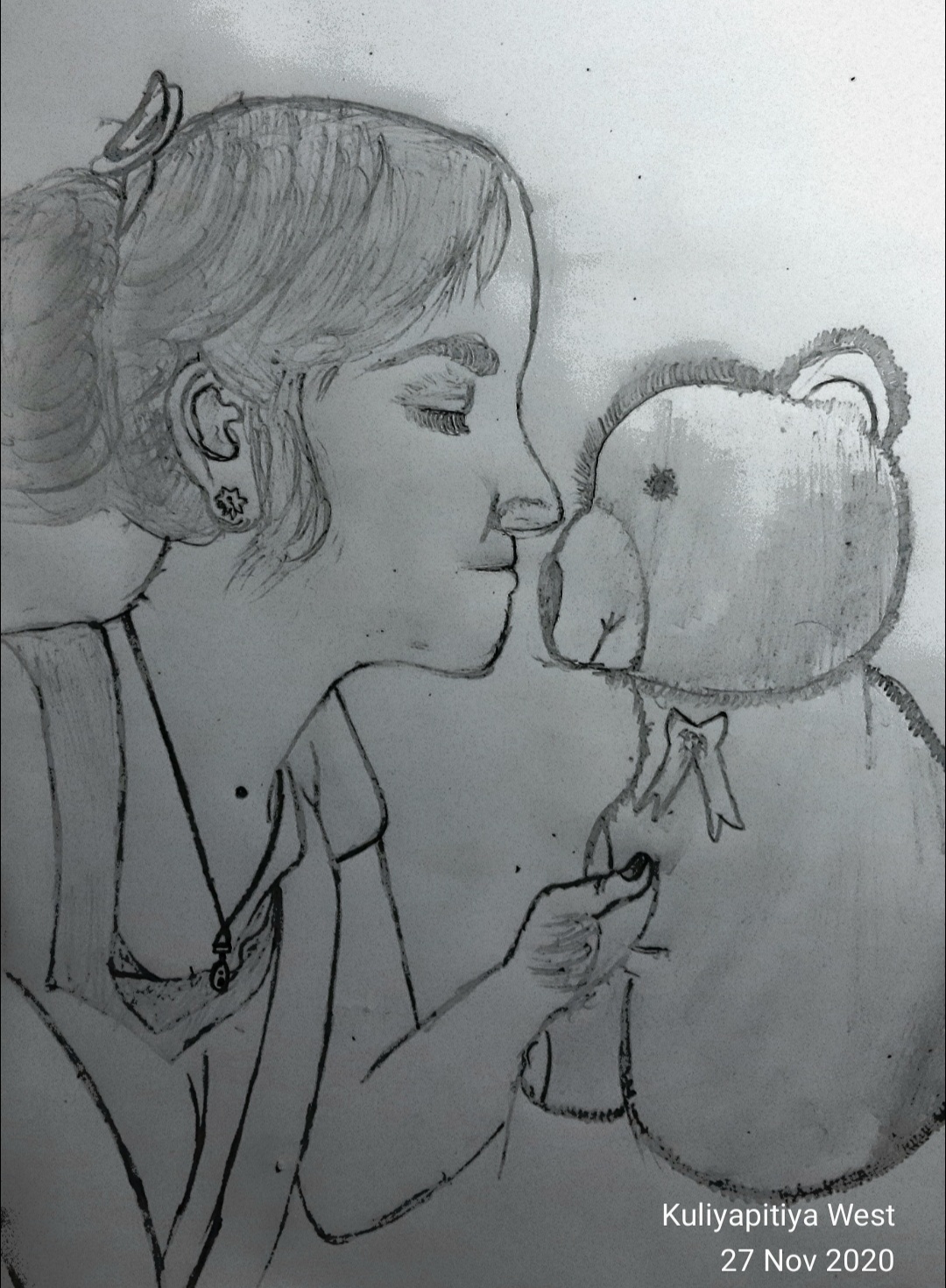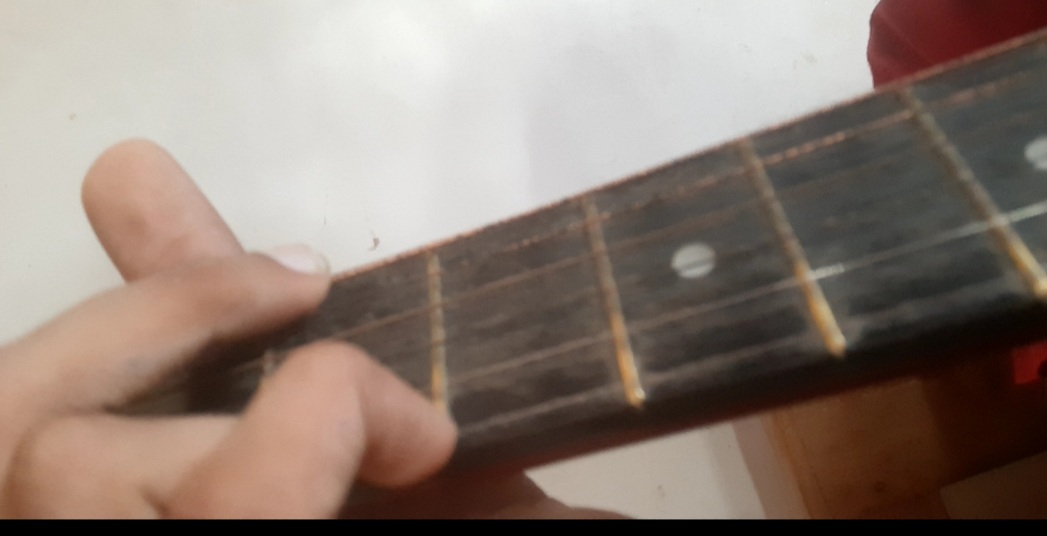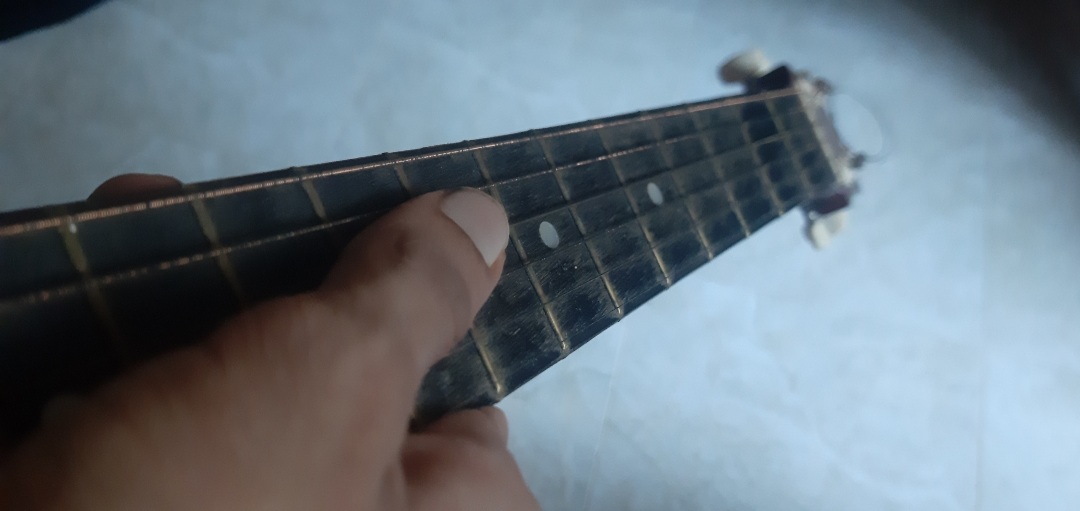💌🔰 HOW TO SINGING EASY 🔰💌
💌🔰 HOW TO SINGING EASY 🔰💌

Are You Stuck With the Way You Sing?
You may think that you're stuck with the voice you have, but this isn't true. You can change the way your singing sounds and end up singing better than ever. Sound too good to be true? Well, it's not. Think of it this way. Let's say you want to build muscle in your triceps. You don't like the way your arms look. After checking out a few YouTube videos or getting tips from a bodybuilder, it's clear that you can change your arms' appearance by consistently working on certain exercises. You may need to make some changes in your diet as well, but the exercises are mandatory.
Now, it wouldn't make sense to exercise your thighs if you want to concentrate on your arms. It's the same with the voice. Specific exercises geared to develop areas of the voice are essential to better singing. If singing on key is a weakness, it makes no sense to work on developing a vibrato. How is vibrato going to help to carry a tune?
Several factors are necessary when it comes to singing with a better voice, depending on your present strengths and weaknesses. It's important to focus on the exact areas that need development. Please make it a habit to always warm up your voice before singing. Warm-ups not only prepare your voice to sing better but also help to prevent vocal damage. Warming up your voice will get you ready for singing challenges, resulting in a happier and healthy voice.
I can't possibly cover everything here, but you will learn important vocal techniques (skills) to help you sound better (and in some cases) much better than you do now.
1. Warm-up Your Voice With Humming
.jpeg?alt=media&token=278999cd-92e4-4ab0-93a5-9aa74c8b33d3)
Prepare your voice to sing with a gentle warm-up. There's no better warm-up for your voice than humming, and here's why. Humming prevents vocal strain, is easy and natural, and prevents tension in the tone. It can be done anytime, anywhere. Try this right now:
• Put your lips together gently and hum in a comfortable tone. Feel the buzzing sensation in your lips. This indicates a nice relaxed feeling and sound. It also kicks in the resonating area around the nose. Don't confuse this with singing nasally. It isn't the same thing.
• Repeat several times until the buzzing feeling becomes automatic.
• Beginning with a hum and keeping a relaxed sound, slowly drop the jaw to form an “ah” sound. Now you’re singing, and it should feel easy. Focus on maintaining vibrations around the nasal area.
• Repeat the same exercise changing from an “ah” to an “ee.” Bring your lips to a slight smiling position as you hum to prepare for an “ee.”
What I'm teaching you here is the importance of relieving all tension in the lips, tongue, and jaw as you sing. One reason we dislike our singing is due to tension in our tone. Singing should always feel easy, ringing, and never forced.
2. Drop the Jaw for a More Powerful and Confident Voice
The first area to cover is the way you open your mouth. Sound silly? It's not and here's why:
The mouth is a strong resonator for sound. With the mouth barely open, your singing tone will remain suppressed or hidden-sounding. You want to create enough space for the sound to come out. Don't be self-conscious about a generous mouth opening. How will your tone ring unless your mouth is open enough for the sound to escape? Have you observed a singer up close and personal on television or YouTube? At times, you can almost see the back of their throat.
So give your singing a big boost, by keeping the mouth open as you sing. You will quickly hear a more powerful and better sound. This is no time to be embarrassed. You're a singer and the mouth is part of your singing instrument. But do avoid opening your mouth so wide as to create tension.
To assure that the mouth is open wide enough, place two fingers (one on top of the other) between the top and bottom teeth. Keeping the fingers in the mouth sing 'ah,' then remove the fingers from the mouth while still retaining the 'ah' sound. Did your mouth remain open after removing your fingers?
An exercise to help you to train your mouth and jaw to the right position for singing words using the 'ah' vowel is:
• Using a mirror to monitor for openness, sing the following words in a medium, comfortable tone: hot, brought, not, fall, hall, tall, talk, walk, father, stars, bars, far, and broad. Remember to avoid singing too low or too high. Keep the pitch centered around your speaking voice.
• Be sure to sustain the vowel 'ah' for a few seconds before closing the word with the final consonant. In other words, say you're practicing the word "walk". Sing the first part of this word "WAAAAAH", holding the 'ah' before adding the final consonant, 'K'.
• As you repeatedly practice each word, start off by going very slow. Gradually build your speed until you can sing through the above list at a faster pace.
Tip: How long must you practice? The answer: Until whatever you're working on becomes automatic. Let's say your goal is to remember to drop your jaw each time you sing a word containing the "Ah" vowel. You practice consistently until this goal becomes automatic. You no longer need to concentrate on the mouth position. Everyone is different. Some may see results quickly. For others, it may take a while. Best results are attained by practicing for a few minutes every day as opposed to practicing hour-after-hour, for long periods of time, one or two days a week.

3. Breath Control: Learn to Breathe Correctly
The voice cannot work to its full potential unless it's basic energy is not breath. Your singing sound rides on air and it's for this reason you must learn to support your sound by breathing correctly. One reason singers go flat is that the voice is not supported well enough. Belly breathing, or diaphragmatic breathing, is essential to applying the right amount of support. Maybe the following will help you to understand this a little better:
When you begin phonation, (speaking/singing), air causes vibrations to occur within the vocal cords, which produces sound and will continue until you run out of air. If you are currently breathing in the air (inhaling) by using the upper portion of the lungs only, (just the chest) you'll not only run out of air too early but you may also find your sound is weak and breathy. Learning how to inhale by inflating around your waistline takes practice and plenty of it. Don't get discouraged or give up.
You'll need to use this way of breathing to enhance your present voice, extend your vocal range, sing with vibrato, and project your voice.
As you work religiously to learn the belly breathing exercise, you'll learn the right way to breathe. This will bring more life and energy to your singing, helping you to sound more professional. For more help on How to Breathe From the Diagram take a few minutes to add these exercises.
upload by sadeepa











.jpeg?alt=media&token=a04213e1-83a0-4cd5-879c-86f1da054d18)
.jpeg?alt=media&token=39bb7cbb-12a8-41f0-8ca1-7538fbc0f72f)
 (These all sketch mine)
(These all sketch mine)
.jpeg?alt=media&token=95fb47cb-d4b9-49ca-86e3-fe92f466fa13)




 🔰
🔰



 drawn by me
drawn by me

















